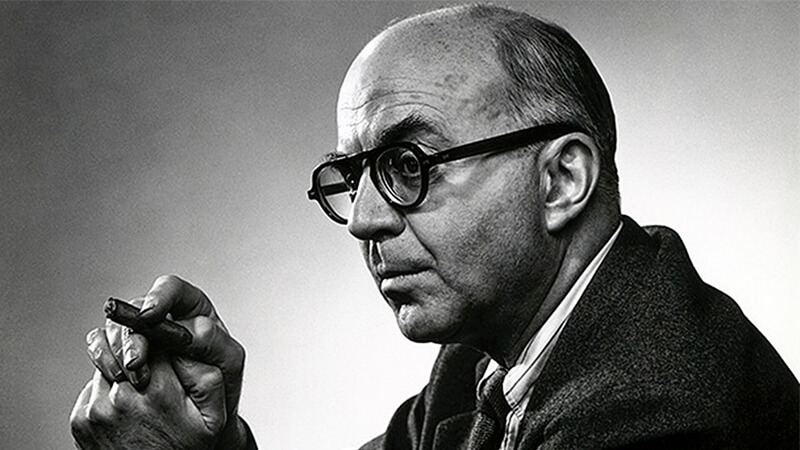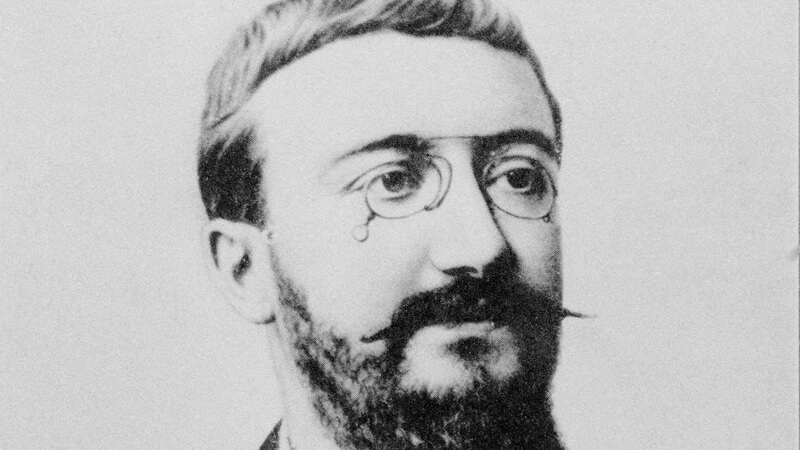Biography of John Dos Passos: – American narrator, a member of the so-called Lost Generation. It was made famous mainly by Manhattan Transfer, a work that, with its panoramic and objective view of the city, led an important urban current of the contemporary novel.
Biography of John Dos Passos
- Born:- 14 January 1896, Chicago, Illinois, United States
- died:- 28 September 1970, Baltimore, Maryland, United States
- spouse:- Elizabeth Hamlyn Holdridge (m. 1949–1970), Katharine Smith (m. 1929–1947)
- Movies:- The Spanish Earth, The Devil Is a Woman, Spain in Flames
- Awards:- Guggenheim Fellowship for Creative Arts, US & Canada, American Academy of Arts and Letters Gold Medal for Fiction
- Children:- Lucy Hamlin Dos Passos
The grandson of a Portuguese cobbler and illegitimate son of a lawyer, he was educated in the maternal home. In 1917 he graduated from Harvard University, where he met intellectuals linked to the “Harvard Aesthetes” group.
During World War I was ambulance driver on the French front, experience that provided him with material for his novel Initiation of a man: 1917 (1920). It followed to these Three soldiers (1921), with which it reached the recognition of the critic by its bitter anti-liberalism.
Both works are inscribed in the characteristic theme of the Lost Generation: although the individual is defended in rebellion, it ends up condemning him to failure.
See Also: Biography of Richard Buckminster Fuller
But in 1925 he published his monumental Manhattan Transfer, which by its peculiar structure opened a new way of writing and understanding the city: as a powerful organism and in a certain sense autonomous of the beings that inhabit it.
This narrative is made up of fragments that do not seem to be related to each other, and which belong to the plot as well as documents of the time (for example, headlines or popular songs).
The novel relates multiple characters at first glance independent, but that grouped in a context configure a multifaceted dimension. Manhattan Transfer frames a vision of New York from the beginning of the 20th century, abandoning the traditional character logical or psychological analysis of the characters by a more sociological and collective inquiry.
The beings that live in the metropolis are almost inconsequential, conventional, and have little novelty in the ordinary sense, but are gradually replaced by another person more encompassing: the city of New York, whose life goes through chorus, workers, and mistresses from home, politicians, scammers or triumphs.
All this by means of very brief scenes, in compact and fast blocks that are recorded in the reader by its high plasticity and the deep realism or even naturalism, according to certain critics implicit in them.
The technique is almost cinematic, as if instead of the subjective consciousness of the narrator it was the objective eye of the camera that recorded the events, a procedure that was rightly called “camera-eye.”
Some episodes of the story may seem isolated, but then unfold unexpectedly, a feature that foreshadows the random and combinatorial structures of postmodern North American narrative. An enduring metaphor in short about the dehumanized protagonism of the growing urban monsters
A later project, the USA trilogy, would have such objectives, although it did not reach the insurmountable intensity of Manhattan Transfer.
The trilogy was intended to cover not the city, but the whole country, in the novels that compose it: Parallel 42 (1930), 1919 (1932) and El gran dinero (1936), a cycle encompassing the rise of American pragmatism since the last decade of the nineteenth century until the Great Depression of 1929.
In this ambitious project, Dos Passos expressed much of the philosophy of history shared by the intellectuals of his country during the period from 1920 to 1940.
Already in 1926 he had published political articles with a rather left-wing vision; nevertheless, from 1930 it was disappointed until becoming a conservative nationalist, nostalgic of a species of mythical past of the United States, that tried to recover in its novels and later trials. But such works did not attain (except for their memories, Unforgettable Years) the quality and importance of their urban cycles.




